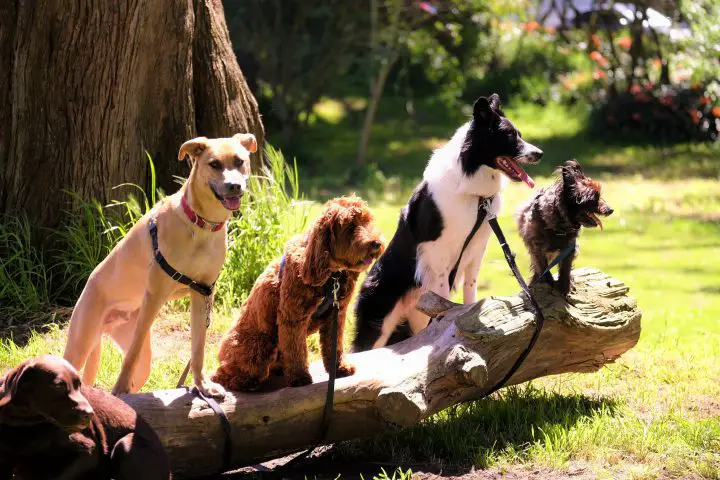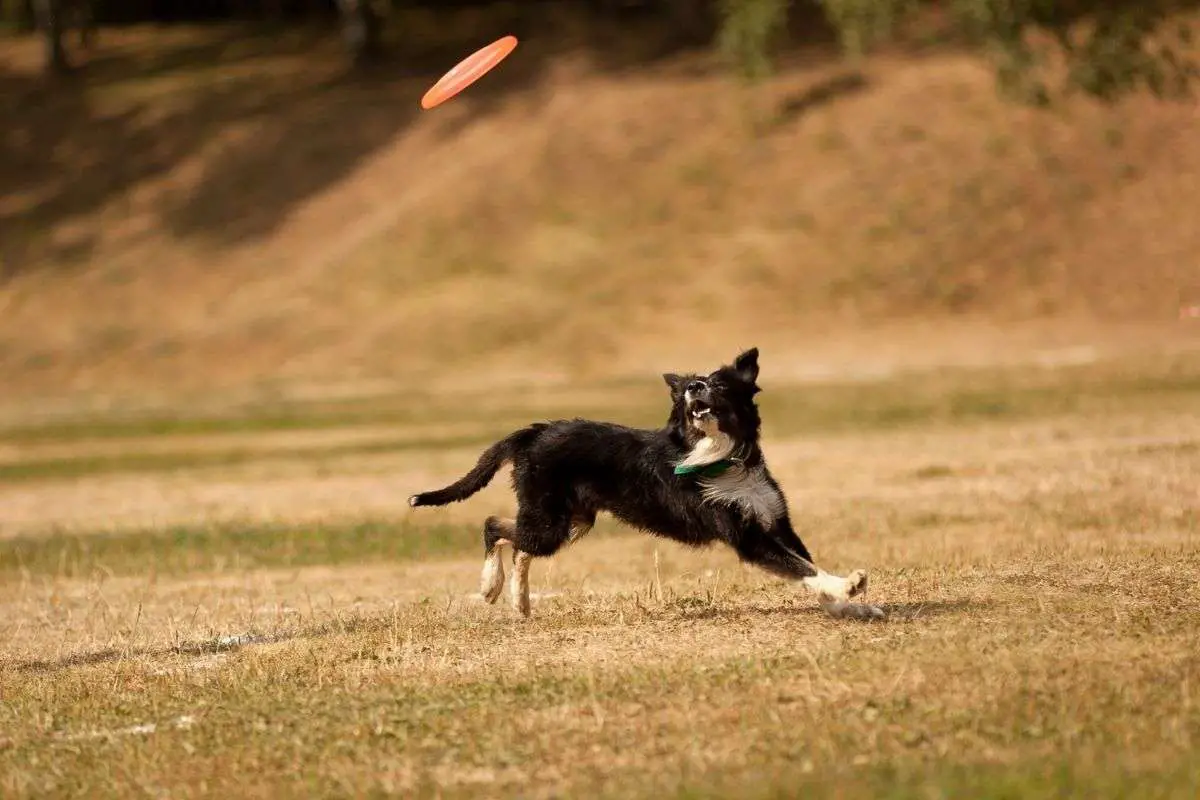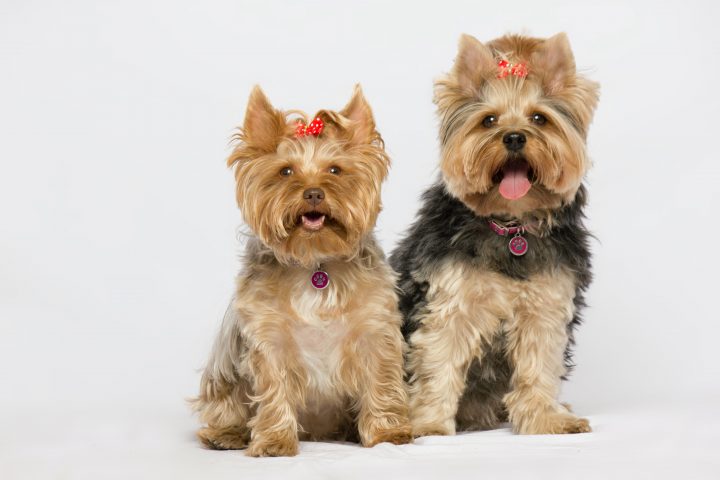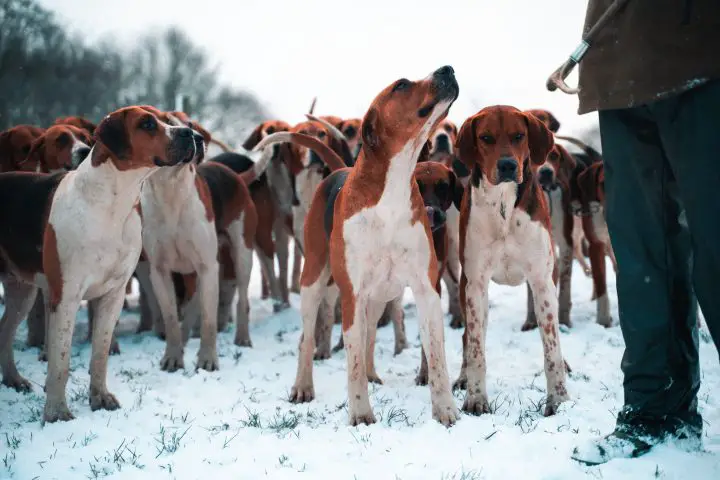Dogs are a much-loved species by many people all over the world. There are hundreds of dog breeds across the globe, and many have characteristics that are native to specific areas. How many breeds actually are there? It’s not a straightforward answer, as there have been many breeds developed over hundreds of years and new breeds are added on a regular basis. To find the answer, it’s useful to look at the governing bodies and how they classify canine breeds.

Table of Contents
Governing Bodies
Different countries have specific governing bodies when it comes to dog breeds. For example, in the USA The American Kennel Club is the authority on dog breeds and in the UK it’s the KC (Britain’s kennel club).
Interestingly, the groups differ in how they determine breed types.
This makes it a bit hard to establish the number of dog types there genuinely are in the globe because each of the managing bodies that keep an eye on canine breeds differs concerning the number.
For instance, the AKC identifies 195 types, while the FCI identifies 360 types officially. As well as that, there are all the breeds that are in an experimental process.
So there isn’t a specific internationally agreed-upon number of canine breeds. However, we can say approximately that there are between 195-500 breeds worldwide.
How Are Dog Breeds Developed And Recognized?
Today, there are a plethora of well-established canine breeds. However, several hundred years ago it was a different story.
In Victorian times people started to create their own breeds, this began the development of the hundreds of breeds we find today.
It’s easy to crossbreed dogs and create a unique breed, however, it wouldn’t necessarily be recognized by the powers that be. It is, in fact, a long and tricky process establishing a brand-new breed.
Most governing bodies require that a requested new breed meet certain population and popularity requirements. If there aren’t enough around, then they won’t be considered.
However, the population as well as appeal alone, does not mean that a breed will be officially acknowledged. They must also have some sort of history.
For example, it may be that they require that the breed has lasted for several generations (typically 3). There must also be a unique kennel club for the specific breed, with several hundred members as standard.
The whole thing can get very complicated and some qualifications required are very particular.
Fulfilling all of these certifications isn’t adequate to make the breed recognized. It will also need approval from whichever federation you’re looking for recognition with.
For the AKC, once authorized, the breed will be placed with the miscellaneous class, which is suggested for types that aren’t formally identified but maybe will be in the future.
To become an official breed, the canines must take part in dog shows for the miscellaneous types for three years or more before they will even be considered for eligibility.
Classifications
If you’re lucky enough to get your breed recognized it will be given a specific classification.
There are currently 7 classifications as well as a “gateway group” that exists to help new breeds work their way towards full recognition. The classifications are as follows:
Sporting Canines

These types are identified as sporting breeds because the dogs are utilized to assist hunters in fetching game birds.
The dogs are usually fantastic swimmers and able to easily recover small wild animals from the water.
Other dogs possess thick outer layers and coats that protect them from nettles and brambles during retrieving activities. Sporting breeds include Spaniels, Labradors, Pointers, English Setters etc.
Working Canines

Working breeds consist of most of the original breeds such as Boxers, Rottweilers and Great Danes. These are tireless utilitarian breeds that have been accustomed to assisting humans in their jobs.
They build strong relationships with their human owners and remain fiercely loyal. They are generally strong, agile, large and super intelligent, making them fairly easy to train.
Herding Canines

The group classified as ‘herding’ dogs are those that typically work with farmers helping them herd cattle such as sheep and horses. These dogs are highly intelligent and easy to train.
These dogs are usually Border Collies, Corgis, German Shepherds etc. In modern times these dogs are often used in the police force or military as service dogs as they are super dependable, loyal and clever.
Non-Sporting Canines

When a breed doesn’t have certain attributes that place them in a specific group then they are classified as “non-sporting” however, they have still earned their place as a “breed” due to their popularity.
The non-sporting breeds are the most diverse group and include dogs such as poodles, dalmatians, cockerpoos Bichon Frisé etc.
Terrier Canines

The Terrier was developed in order to keep on top of vermin and other pests. The smaller, short-legged dogs are perfectly sized to get underground after their prey.
The larger ones are able to dig underground to do the same job. In times past they were bred for more aggressive pursuits such as bull-baiting, but that no longer happens.
The terrier group include Scottish terriers, West Highland and Bull Terriers.
Hound Canines

Hounds are in the searching and hunting group. Scent hounds and sighthounds are in this group and serve specific purposes, as their names suggest.
Sighthounds are able to chase large prey such as antelopes due to their clear and intense sight.
Whilst scent hounds track down their prey through their unique sense of smell. Hounds include breeds such as Greyhounds, Dachshunds, Bloodhounds, Bassey Hounds and Beagles.
Toys

Toy canines are bred strictly for friendship and to be companions.
These are a lot smaller than most dogs and are usually great choices for those in cities; especially people in smaller sized living accommodations such as flats or apartments.
Lots of toy types are extremely popular family pets, consisting of Pugs, Shih Tzus and Chihuahuas.
The Answer
So, having looked at the most popular breeds and their classifications, can we answer our original question? Unfortunately not.
The answer is dependent on whom you ask, what governing body and in what country. The AKC only officially recognizes 195 breeds, whereas the FCI classify 360 as official breeds.
These figures don’t include the hundreds of experimental breeds that exist at the time of writing. It’s further complicated by the increase in “designer” and “mixed” breeds.
So, a definitive answer isn’t really possible, but we could conclude that there are 360 as a minimum as that is what is recognized by the FCI Canine registering Governing Body.
FAQs
There are over 340 officially recognized dog breeds by various kennel clubs and breed registries around the world. Different kennel clubs, such as the American Kennel Club (AKC), the Fédération Cynologique Internationale (FCI), and the United Kennel Club (UKC), might have slightly different lists of recognized breeds.




